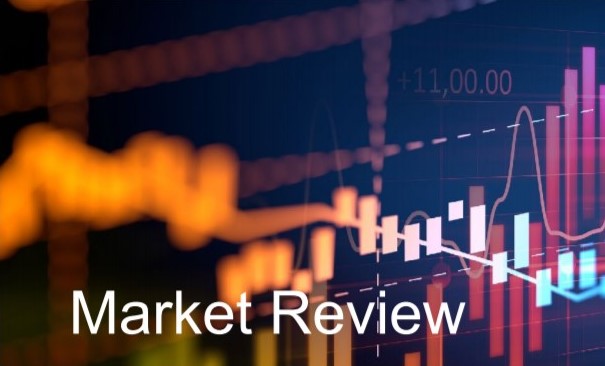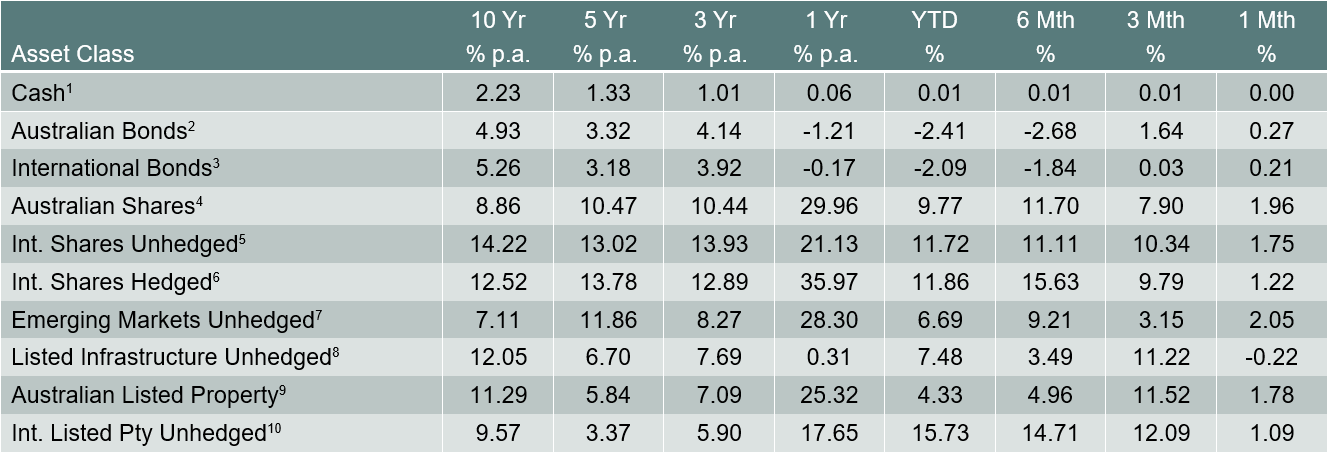
The principle of ‘salary sacrificing’ may not sound very appealing. After all, who in their right mind would voluntarily give up their hard-earned cash. But it can have real financial benefits for some in terms of reducing your taxable income, which could see you pay less at tax time.
As we nudge ever closer to the end of the financial year, it’s worth taking a look at salary sacrificing to see if it’s a worthwhile strategy to put into place for you.
A salary sacrifice arrangement is also commonly referred to as salary packaging or total remuneration packaging. In essence, a salary sacrifice arrangement is when you agree to receive less income before tax, in return for your employer providing you with benefits of similar value. You’re basically using your pre-tax salary to buy something you would normally purchase with your after-tax pay.
How does salary sacrifice work?
The main benefit of salary sacrificing is that it reduces your pre-tax income, and therefore the amount of tax you must pay. For example, if you’re on a $100,000 income, you may agree to only receive $75,000 as income in return for a $25,000 car as a benefit.
Doing this would reduce your taxable income to $75,000 which could lower your tax bill because you’re essentially earning less as far as the tax office is concerned.*
This arrangement must be set up in advance with your employer before you commence the work that you’ll be paid for and it’s advisable that the details of the agreement are outlined in writing.
What can you salary sacrifice?
According to the Australian Tax Office (ATO), there’s no restriction on the types of benefits you can sacrifice, as long as the benefits form part of your remuneration. What you can salary sacrifice may also depend on what your employer offers.
The types of benefits provided in a salary sacrifice arrangement include fringe benefits, exempt benefits and superannuation.
Fringe benefits can include:
- cars
- property (including goods, real property like land and buildings, shares or bonds)
- expense payments (loan repayments, school fees, childcare costs, home phone costs)
Your employer pays fringe benefit tax (FBT) on these benefits.
Exempt benefits include work-related items such as:
- portable electronic devices and computer software
- protective clothing
- tools of the trade
Your employer typically does not have to pay fringe benefits tax on these.
Superannuation
You can also ask your employer to pay part of your pre-tax salary into your superannuation account. This is on top of the contributions your employer is already paying you under the Superannuation Guarantee, which should be no less than 9.5% of your gross (before tax) annual salary, though this may rise in the near future.
Salary sacrificed super contributions are classified as employer super contributions rather than employee contributions. These contributions are called concessional contributions and are taxed at 15 per cent. For most people, this will be lower than their marginal tax rate.
There is a limit as to how much extra you can contribute to your super per year at the 15 per cent tax rate. The combined total of your employer and any salary sacrificed concessional contributions cannot exceed $25,000 in a single financial year. If you exceed the cap, you could be charged additional tax on any excess salary sacrifice contributions.
Most employers allow employees to salary sacrifice in super, but not all employers will allow salary sacrificing for other benefits.
Is salary sacrifice worth it?
Salary sacrifice is generally most effective for middle to high-income earners, while there is little to no tax saving for people who are already in a low tax bracket.
If you are a middle to high-income earner, then it may be worth considering salary sacrifice to reduce your taxable income and to take advantage of some of those benefits.
Before you do, make sure you talk to us so we can help ensure it is an appropriate strategy for your circumstances.
*Note: This example illustrates how salary sacrifice arrangements can work and does not constitute advice. You should not act solely on the information in this example.
Source for all information in this article: https://www.ato.gov.au/General/Fringe-benefits-tax-(FBT)/Salary-sacrifice-arrangements/









 Money Matters Newsletter Winter 2021
Money Matters Newsletter Winter 2021


